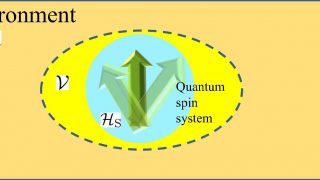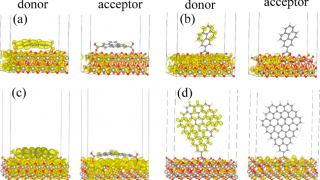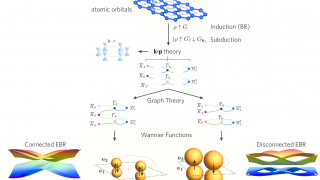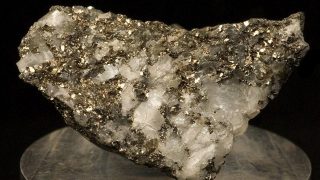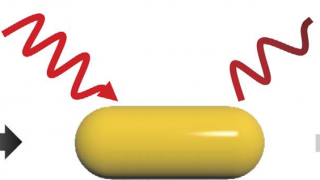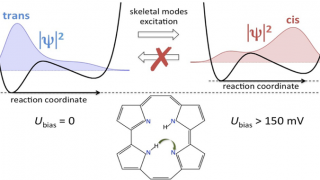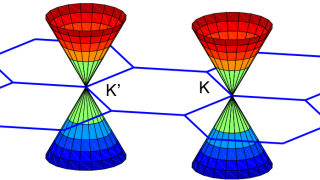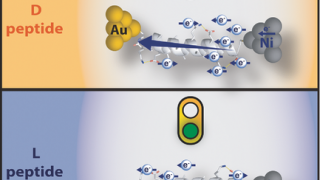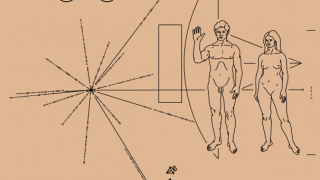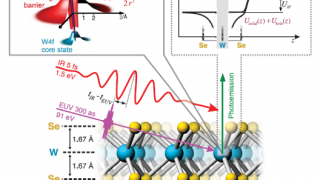
A new benchmark for any future models of solid-state photoemission
In 1882, Heinrich Hertz devoted himself to the study of electromagnetism, including the recent and still generally unappreciated work of Maxwell. Two years later he began his famous series of experiments with electromagnetic waves. During the course of this work, Hertz discovered the photoelectric effect, which has had a profound influence on modern physics. The […]
